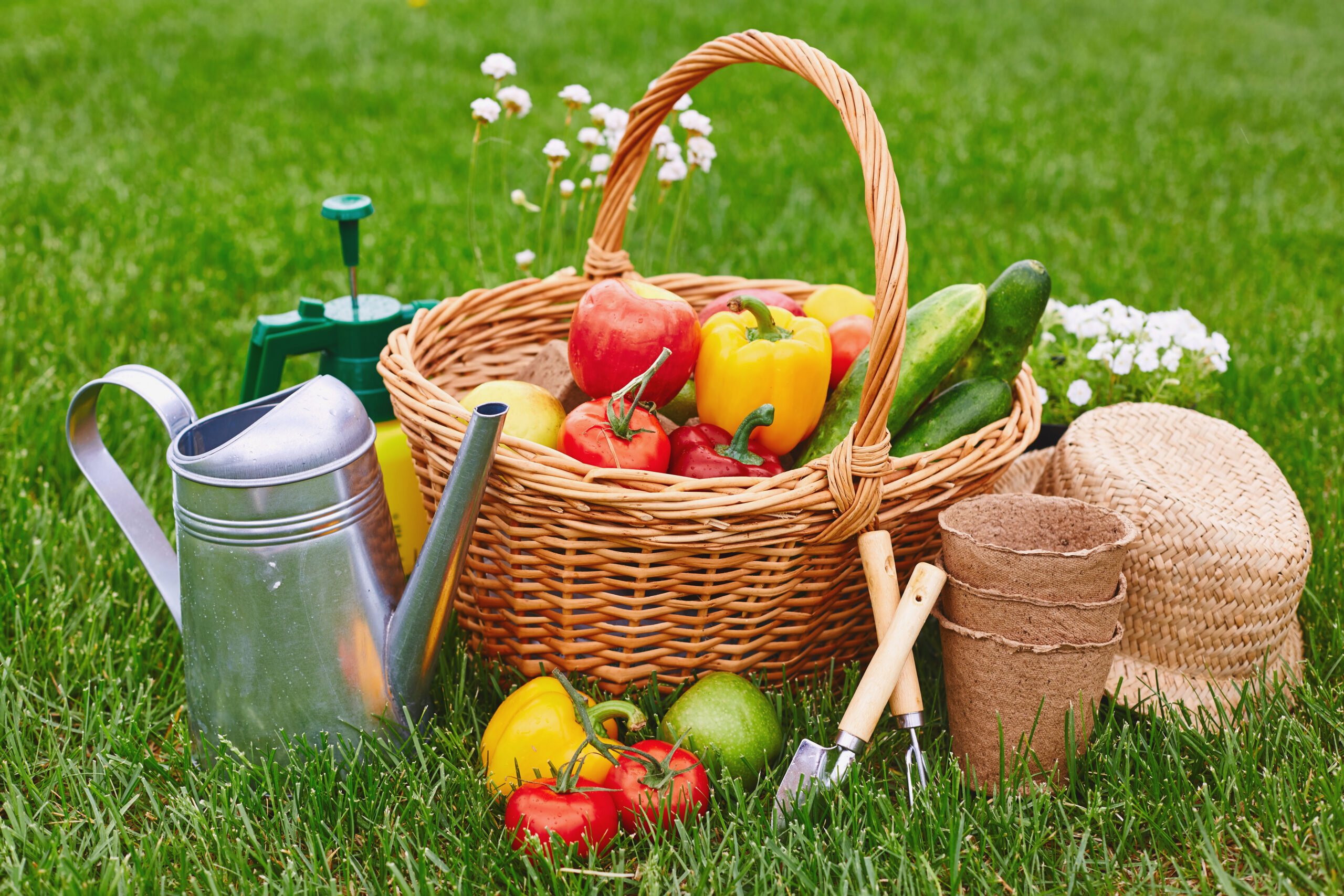If you’re looking for ways to live more sustainably and reduce your carbon footprint, consider transforming your backyard into a thriving home farm. With just a little bit of space and some creativity, you can grow your own fruits, vegetables, herbs, and even raise chickens or bees. In this blog post, we’ll explore five ways to turn your yard into a productive homestead.
Introduction: What is a Home Farm and Why You Should Consider Creating One
A home farm is a small-scale agricultural operation that produces food for consumption by the family who lives on the property. It can range from a few containers on a balcony to an entire backyard filled with raised beds and fruit trees. There are many reasons why people choose to create a home farm, including reducing their environmental impact, saving money on groceries, and enjoying fresh, healthy produce.
The Benefits of Having a Home Farm
One of the biggest benefits of having a home farm is the ability to control what goes into your food. When you grow your own produce, you know exactly which chemicals were used (if any) and how it was grown. This means that you can avoid pesticides, synthetic fertilizers, and genetically modified organisms (GMOs). Additionally, growing your own food can save you money in the long run, as you won’t have to buy expensive produce at the store.
Choosing the Right Plants for Your Climate and Soil Type
Before you start planting anything, it’s essential to understand your climate and soil type. Different plants require different conditions, so choosing the right ones for your area will ensure that they thrive. Research local weather patterns and soil composition to determine which crops will do well in your yard. If necessary, amend your soil with compost or other nutrients to improve its quality.
How to Create an Irrigation System on a Budget
Watering your garden can be time-consuming, especially if you have a large plot. To make things easier, consider installing an irrigation system. While professional systems can be expensive, there are plenty of DIY options available. For example, you could use drip hoses or soaker lines to water your plants efficiently. Just remember to adjust the timing based on your region’s rainfall patterns.
Tips for Pest Control in a Small-Scale Garden
Unfortunately, no matter how carefully you tend to your garden, pests will always find a way in. Instead of reaching for harsh chemicals, try using natural methods to repel them. For instance, you could attract beneficial insects like ladybugs and lacewings to prey on common pests like aphids and mites. Neem oil is another effective option; it’s made from tree seeds and works as both a repellent and a killer.
Harvesting and Preserving Your Homegrown Produce
Once your plants begin producing fruit, it’s essential to harvest them at peak ripeness. Depending on the crop, you may want to pick them early or late in the day when temperatures are cooler. After harvesting, preserve your excess produce by freezing, canning, or dehydrating it. By doing so, you can enjoy your homegrown goodness year-round.
Making the Most Out of Limited Space with Vertical Gardens
Even if you don’t have much outdoor space, you can still create a thriving home farm. Vertical gardens allow you to grow up instead of out, making efficient use of limited real estate. Hanging planters, wall-mounted boxes, and vertical pallet gardens are all great options for small spaces. Plus, they look beautiful and add interest to your landscape design.
DIY Projects for Building Raised Beds and Other Garden Structures
Building your own raised beds and garden structures not only saves money but also allows you to customize them to fit your specific needs. Popular DIY projects include building wooden raised beds, creating stone pathways, and constructing cold frames for extending the growing season. Look online for tutorials and ideas or ask fellow gardeners for advice.
Conclusion
Transforming your backyard into a thriving home farm takes effort and dedication, but the rewards are worth it. Not only will you enjoy fresh, healthy produce, but you’ll also contribute to a more sustainable future. Whether you’re new to farming or an experienced green thumb, these tips should help guide you along the way.






